Keywords: Help PTSD.
Seeking and getting help for PTSD certainly does not come easily, but I know from experience that working with a good therapist will dramatically speed up your healing process.
I work with a cognitive or top-down approach, which addresses the mechanisms of trauma and PTSD and how they relate to your personal story. This portion of therapy will provide you with a road map, and it will change your perspective on your condition. This approach will help ease the blame, guilt, shame, self-reproach, and embarrassment which are inherent to the Post-Traumatic Stress condition.
The other portion of therapy consists of working with the body, the somatic part, or a bottom-up approach. It is the body that holds our emotional charge, and it’s also where residue is stored. By tracking body-sensations and giving them expression, your emotional charge can be processed.
Help for PTSD: Post-Traumatic Stress Therapy
I make sure that the process is interactive. There is plenty of time during therapy to contain and digest what comes up in a caring atmosphere. I will slow you down if you feel overwhelmed, or gently curb your attempts to escape your feelings. During the somatic portion of therapy, I generally ask you to close your eyes if it is possible and if it is safe for you to do so.
Trauma and its effects are bound by the story of what happened to us, core emotions of fear, anger or sadness, a loss of control, and a sense of feeling overwhelmed and helpless.
Each session utilizes both cognitive and somatic approaches depending on your unique needs. Using both approaches in a single session is necessary to integrate the body and the mind.
Trauma and its effects are bound by the story of what happened to us, core emotions of fear, anger or sadness, a loss of control, and a sense of feeling overwhelmed and helpless. In terms of the nervous system, it is a breach of boundaries of the capacity to hold, contain and process– a break in the normal flow of resilience between activation and relaxation.
Containment, Boundaries, and Processing: Help for PTSD
This is where the work starts. When you are feeling overwhelmed, the first thing that needs to be done is to start giving that feeling boundaries, or contain it, before you can start processing your Post-Traumatic Stress. If boundaries are not reestablished and respected, you will continue to experience an overflow of emotions, which is extremely damaging.
By working with me, you will learn how to build up your ability to remain with your internal conflict, paving the way for us to address and process the emotional residue related to your personal story.
We will work on establishing a healthy sense of self and setting boundaries by addressing the core emotions of anger, fear, and sadness. This is done by slowing down the process as we go along, while I provide a sense of safety and the resources you need to heal.
It is serious work, and it won’t always be easy, but the payoff is more than worth it.
Are you getting the right help for your PTSD?
